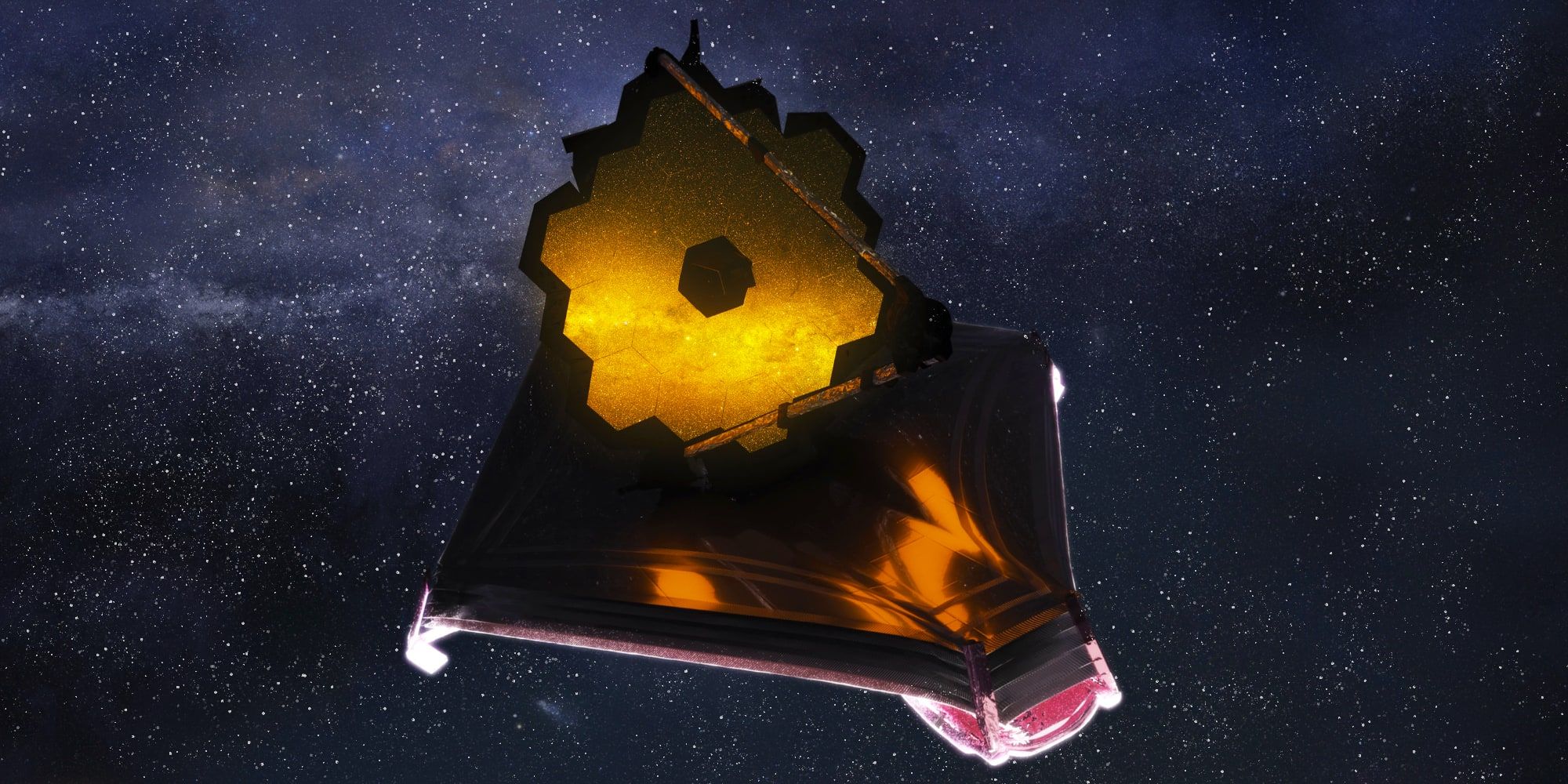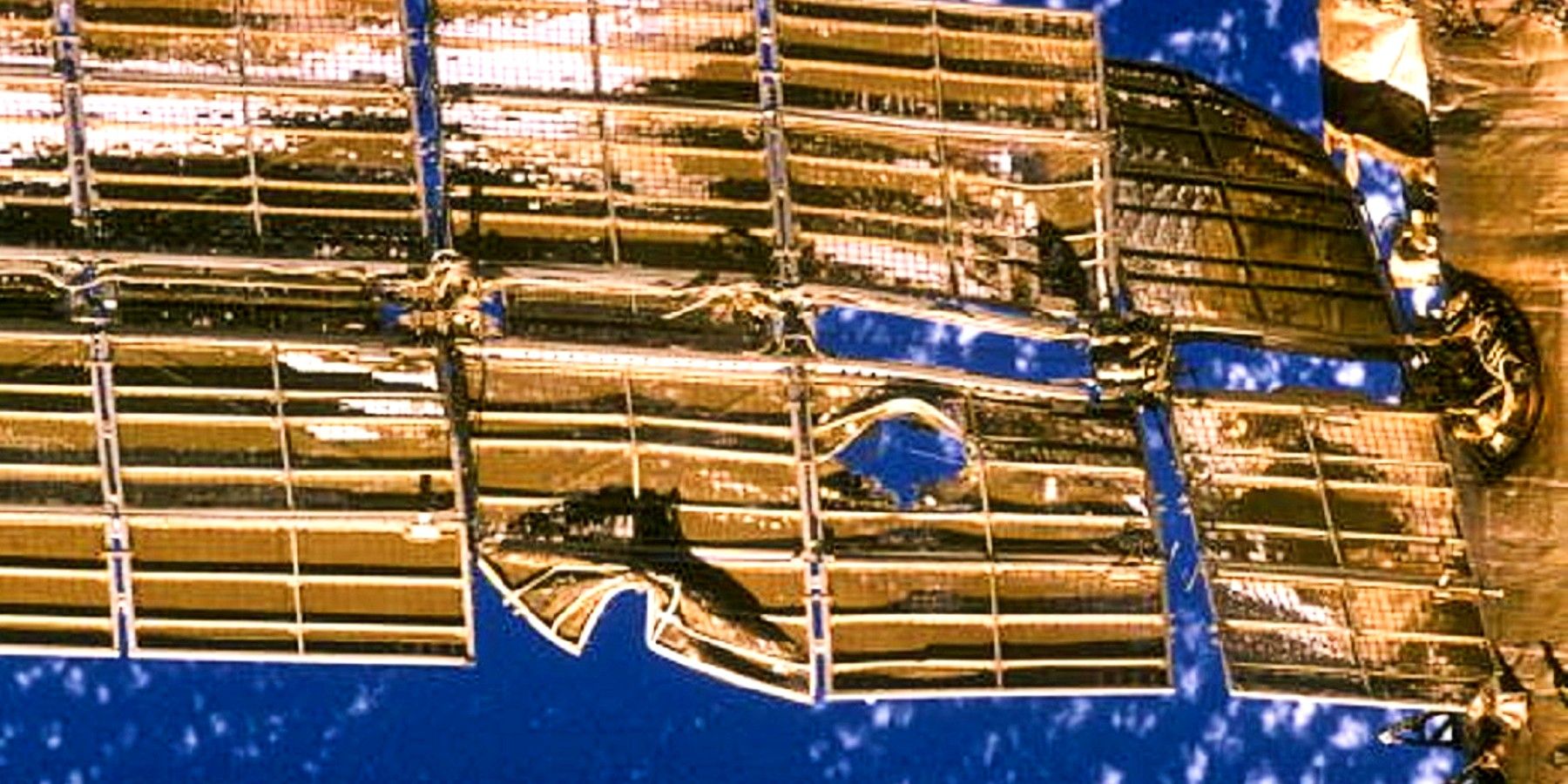NASA's James Webb Space Telescope was deployed safely, but now it has to survive micrometeoroids. The original plan was for the Webb Observatory to provide up to 10 years of use, and now it seems likely to have enough fuel to last much longer. However, when looking at long-term hazards, damage from space debris is almost sure to become a factor.
A micrometeoroid is a very tiny piece of an asteroid or comet with a weight of less than a gram. These are pretty common in space and contribute to what is known as space weathering. Another danger is space debris, some of which is from spacecraft and satellites launched from Earth. The James Webb Space Telescope location at L2 will be helpful since there is much less space debris at this location than at closer orbits.
Related: NASA Celebrates Webb Telescope Unfolding Without A Hitch - What's Next?
During the James Webb Space Telescope deployment, NASA scientist Michelle Thaller and NASA engineer Julie Van Campen hosted a YouTube livestream discussing the likelihood of the Webb Observatory encountering micrometeoroids and other space debris and how it would handle such a situation. NASA planned for some long-term damage, and Thaller said that minor impacts from micrometeoroids would happen, potentially breaking some of the telescope's mirrors. However, NASA has protection and contingency plans to deal with this inevitability.
Webb Telescope & Future Damages
The James Webb Space Telescope's sunshield has five layers and provides protection not only from heat but also from dust and debris that comes along the solar wind. The sunshield is a critical component and having multiple layers cools better than one thicker layer. Extra layers also provide redundancy against holes and tears from space debris. It also partially protects the rest of the observatory from damage from the sun side. Of course, micrometeoroids might come from other angles and impact the mirrors or other parts of the telescope.
If an individual mirror is broken or damaged, that can be accounted for. The same is true if a particular mirror actuator is blocked or becomes inoperable for some reason. Van Campen compared the experience to having a floater in the eye or a scratch on the cornea. The brain compensates within a short period, and the overall effect on vision is often negligible. NASA might be able to move a damaged mirror out of focus to minimize the impact or digitally compensate for the influence of this imperfection. The James Webb Space Telescope's mirrors can be aimed independently, providing NASA with a significant amount of adaptability to various situations and extending its useful life.
Source: NASA/YouTube


